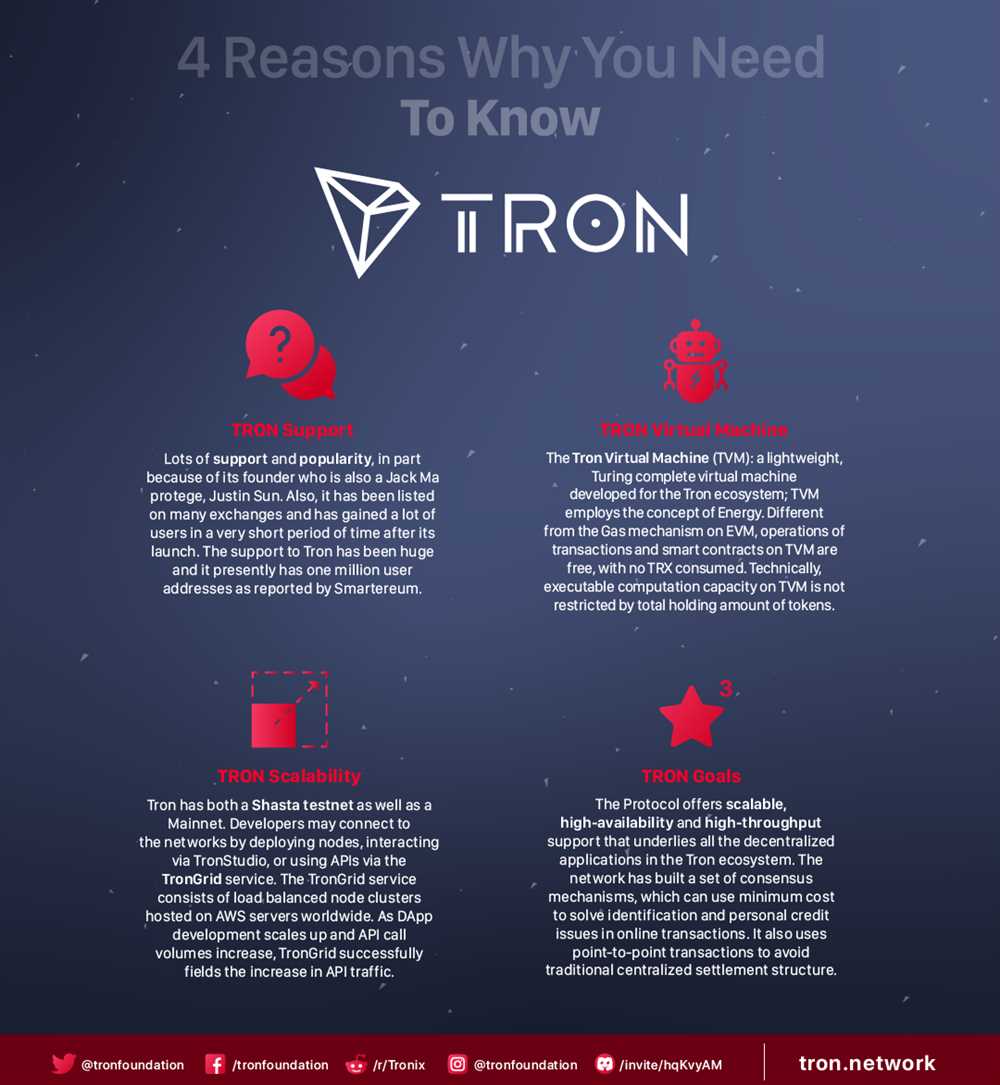
Tron is a blockchain-based platform that aims to revolutionize the entertainment industry. It offers a decentralized ecosystem where content creators can connect directly with their audience, eliminating the need for intermediaries. Transactions on the Tron network require payment of transaction fees, which help maintain the security of the platform and incentivize network participants.
Tron transaction fees are an essential aspect of the platform’s infrastructure. They play a crucial role in ensuring the smooth functioning of the network and preventing spam and malicious activities. By requiring a fee for every transaction, Tron discourages users from flooding the network with unnecessary or harmful actions. This helps maintain the integrity and reliability of the platform.
The amount of transaction fee on Tron is determined by various factors, including the complexity of the transaction, network congestion, and the current market demand. Transactions involving smart contracts or large amounts of data require more computational resources and, therefore, have higher fees. Similarly, when the network is congested, fees may increase to prioritize transactions and prevent network overload.
It’s important to note that Tron transaction fees are not fixed and may vary over time. Users can check the current fee structure on Tron’s official website or through various blockchain explorers. Additionally, by holding and staking Tron’s native cryptocurrency, TRX, users may be eligible for fee discounts or other benefits. Understanding Tron transaction fees is crucial for users to make informed decisions and manage their expenses effectively on the platform.
Tron Transaction Fees Explained
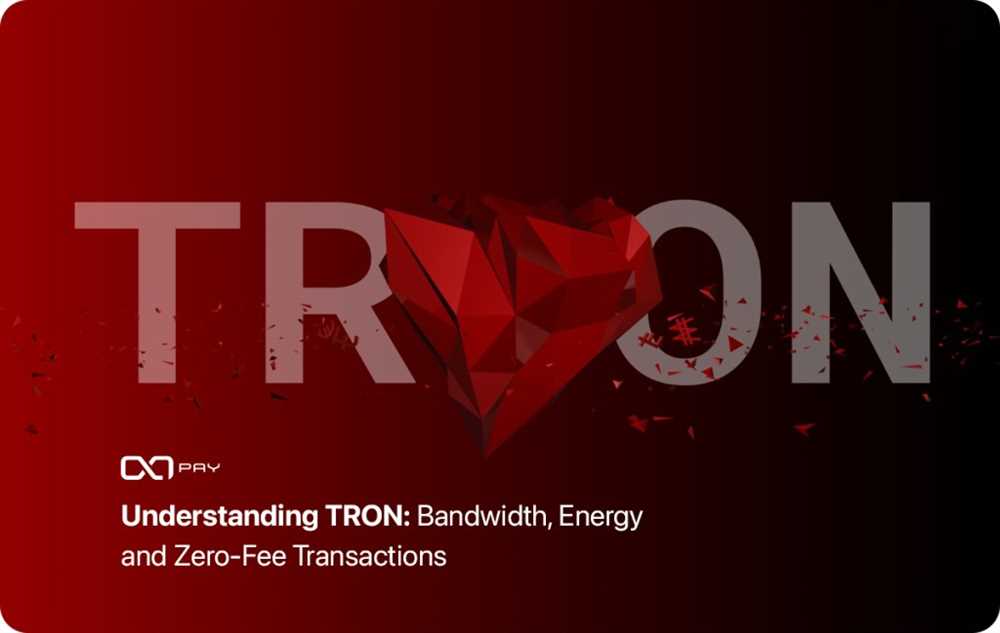
Tron, like many other blockchain platforms, requires users to pay transaction fees when interacting with the network. These fees are used to incentivize network validators and maintain the security and performance of the Tron blockchain.
How are Tron transaction fees calculated?
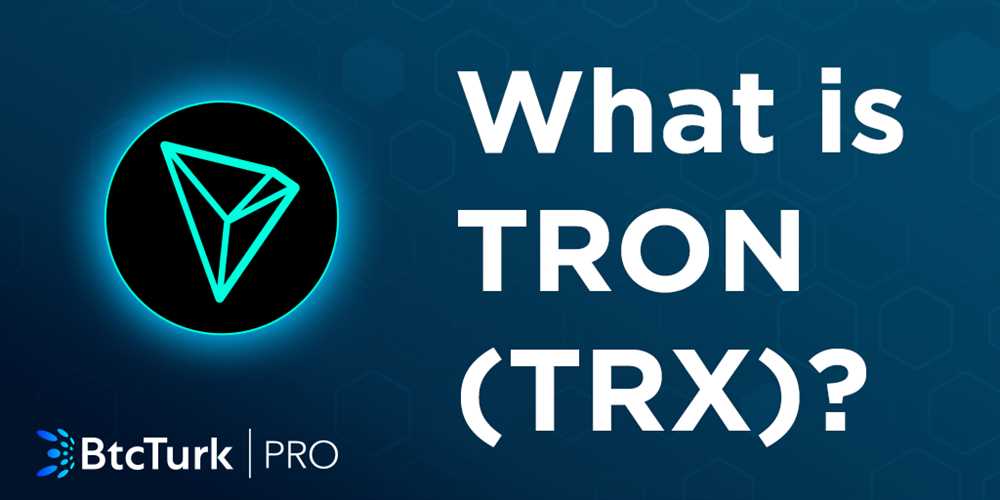
The cost of a Tron transaction is determined by the size of the transaction in bytes and the current market demand for network resources. Larger transactions and times of high network congestion may result in higher fees.
Types of Tron transaction fees
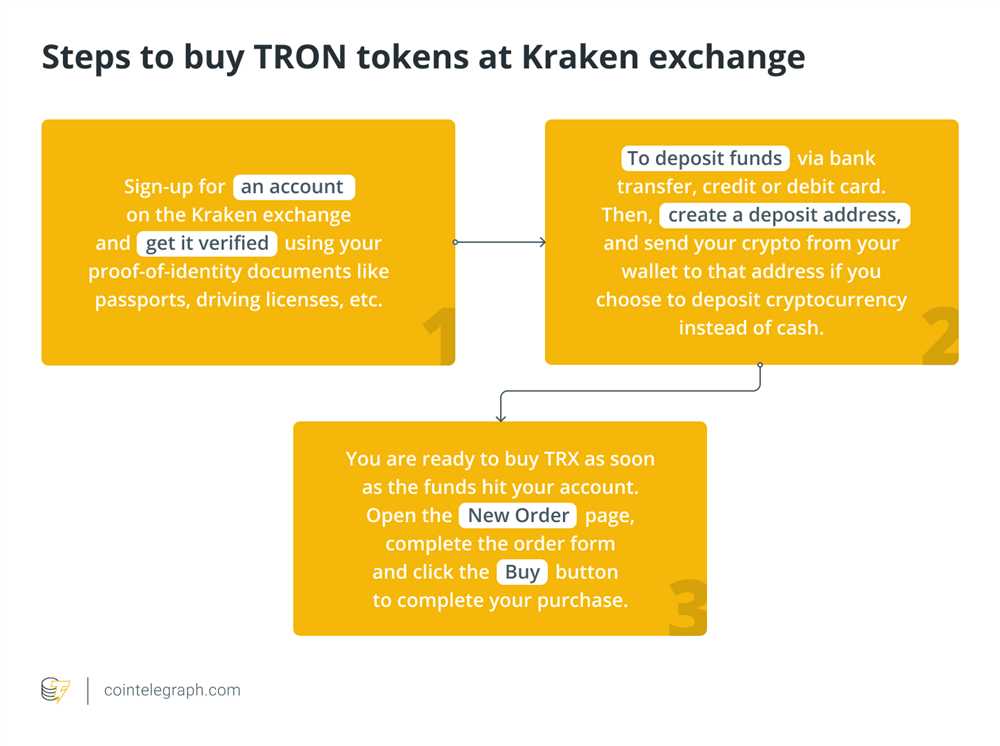
There are three types of transaction fees on the Tron network:
- Bandwidth fees: Bandwidth is required for all Tron transactions and is used to measure the amount of data transmitted over the network. Users are allocated a certain amount of bandwidth for free, and additional bandwidth can be obtained by freezing TRX tokens.
- Energy fees: Energy is required for executing smart contracts on the Tron network. Smart contract developers must freeze TRX tokens to acquire energy, which is consumed during contract execution.
- Resource fees: Resource fees are paid for using advanced features such as multi-signature transactions and deploying smart contracts. These fees vary depending on the complexity and resource requirements of the operation.
Reducing Tron transaction fees
There are several strategies to reduce Tron transaction fees:
- Consolidate multiple transactions into a single transaction to save on fees.
- Perform transactions during periods of lower network congestion to avoid high demand fees.
- Freeze TRX tokens to acquire additional bandwidth and energy, reducing the need for paying fees.
- Monitor and adjust gas limits and price ceilings to optimize transaction fee costs.
Understanding Tron transaction fees is essential for efficiently and cost-effectively using the Tron blockchain. By managing transaction size, timing, and utilizing available resources, users can minimize fees and maximize their experience on the network.
What Are Tron Transaction Fees?
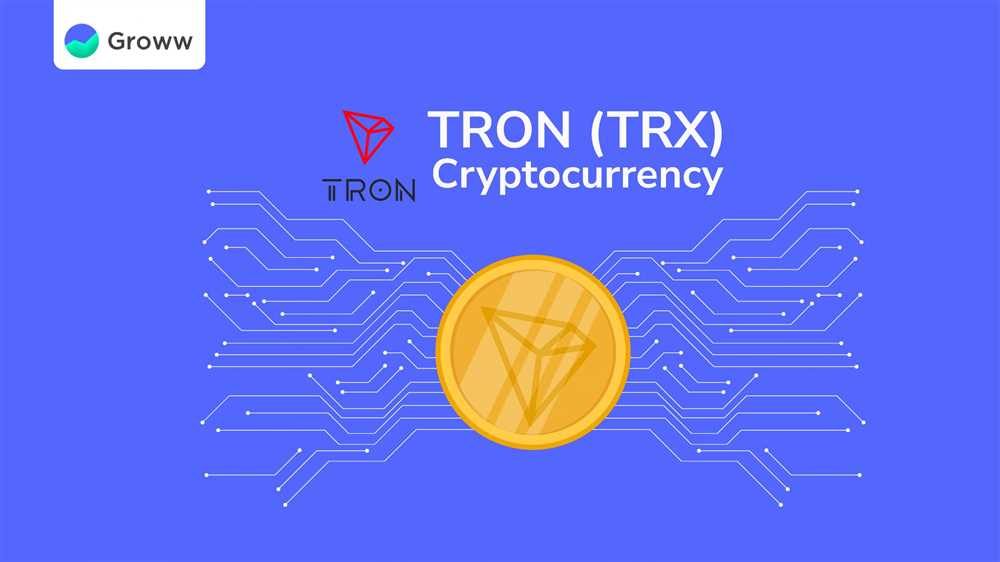
Tron transaction fees are the fees charged for conducting transactions on the Tron blockchain. When you send or receive TRX or any other token on the Tron network, you may be required to pay a fee. These fees go to the network validators, also known as Super Representatives, who maintain the integrity and security of the blockchain.
The fees for Tron transactions can vary depending on several factors, including the amount of data being processed, the current network congestion, and the priority level you set for your transaction. The more data and congestion there is on the network, the higher the fee will be to ensure that your transaction is prioritized and processed in a timely manner.
It’s important to note that Tron transaction fees are typically paid in TRX, the native cryptocurrency of the Tron blockchain. However, tokens built and operated on the Tron network may have their own transaction fees, which may be different from TRX fees.
To determine the exact fee for a Tron transaction, you can use Tron’s official wallet or any compatible wallet that provides fee estimation. The wallet will calculate the fee based on the current network conditions and allow you to review and confirm it before sending the transaction.
| Transaction Priority | Transaction Fee |
|---|---|
| Low | 0.1 TRX |
| Medium | 1 TRX |
| High | 10 TRX |
These are just example transaction fees for illustration purposes. Actual fees may vary depending on the network conditions and the specific wallet or platform you use.
It’s worth noting that Tron has introduced the concept of energy and bandwidth, which can also affect transaction fees. Energy is required to perform smart contract operations, while bandwidth is required for regular transactions. The more energy or bandwidth you consume, the higher the transaction fees may be.
By understanding Tron transaction fees, you can make informed decisions when sending or receiving TRX or tokens on the Tron network. It’s important to consider the current network conditions and choose an appropriate transaction priority level to ensure your transaction is processed efficiently.
How Are Tron Transaction Fees Calculated?
Tron transaction fees are calculated based on the complexity and size of the transaction. The fees are determined by the network and can vary depending on the current demand for transactions on the Tron blockchain.
There are several factors that can affect the transaction fee. One factor is the amount of bandwidth used for the transaction. Tron charges a fee for each byte of bandwidth used, so a larger transaction with more data will incur a higher fee.
Another factor is the energy consumed by the transaction. Tron uses a Proof-of-Stake consensus mechanism, which requires energy to process transactions. The more energy consumed, the higher the transaction fee will be.
The transaction fee can also be influenced by the type of transaction being performed. For example, a simple transfer of TRX tokens may have a lower fee compared to a more complex smart contract execution.
It’s important to note that Tron transaction fees are paid in TRX tokens. The fee is deducted from the sender’s account balance at the time of the transaction.
To get an estimate of the transaction fee before sending a transaction, users can use the Tron blockchain explorer or check the current transaction fees on the Tron network.
Overall, Tron transaction fees are calculated based on the resources consumed by the transaction and can vary depending on the network conditions and type of transaction.
Why Are Tron Transaction Fees Important?
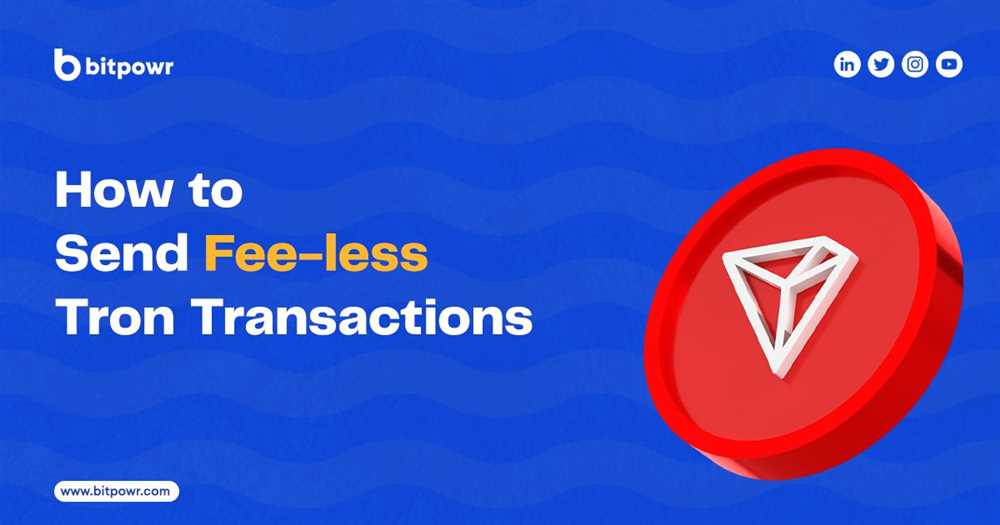
Tron transaction fees play a crucial role in the Tron network ecosystem. They serve as the incentive for the network’s validators, also known as super representatives, to verify and validate transactions. These fees are essential for maintaining the integrity and security of the network.
Transaction fees also help prevent spam and malicious activities on the Tron network. By imposing a fee on each transaction, it becomes less attractive for attackers to flood the system with unnecessary or harmful transactions. This helps to maintain the efficiency and reliability of the network.
Furthermore, transaction fees are essential for prioritizing transactions within the Tron network. When the network becomes congested with a high number of transactions, users can pay higher fees to ensure their transactions are prioritized and processed more quickly. This is particularly important for dApps and smart contracts that require timely execution.
The Role of Transaction Fees in Block Creation
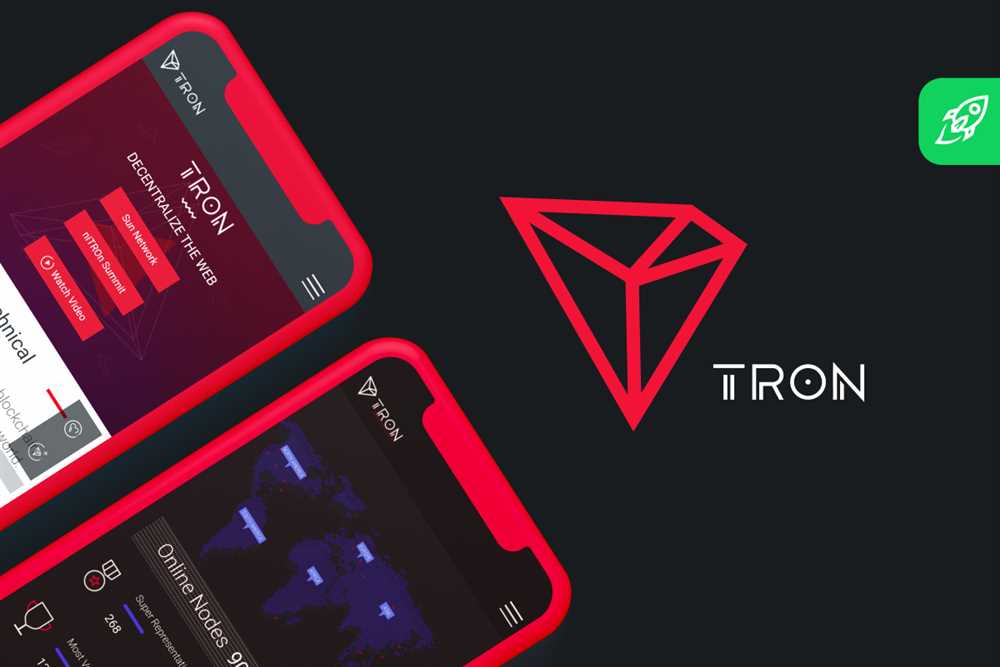
Tron transaction fees contribute to the creation of new blocks within the network. Validators, or super representatives, compete to include transactions in the next block by offering to verify them. The higher the transaction fee, the more incentive validators have to include the transaction in the block they are building.
Therefore, transaction fees not only incentivize validators but also play a role in determining the speed at which transactions are processed. Higher fees can result in faster transaction confirmations, while lower fees may lead to longer confirmation times.
Transaction Fee Distribution
The transaction fees collected within the Tron network are not only used to incentivize validators but also distributed among the super representatives. This distribution mechanism helps to ensure a fair and decentralized network, as the super representatives are elected by TRX holders through voting.
By distributing transaction fees to the super representatives, Tron encourages their active participation in the network’s governance and maintenance. This helps to maintain a robust and secure network that can handle a high volume of transactions.
How to Manage Tron Transaction Fees?
When using the Tron blockchain, it is important to understand how to manage transaction fees effectively. Here are some tips on how to do so:
1. Research the Current Fee Structure
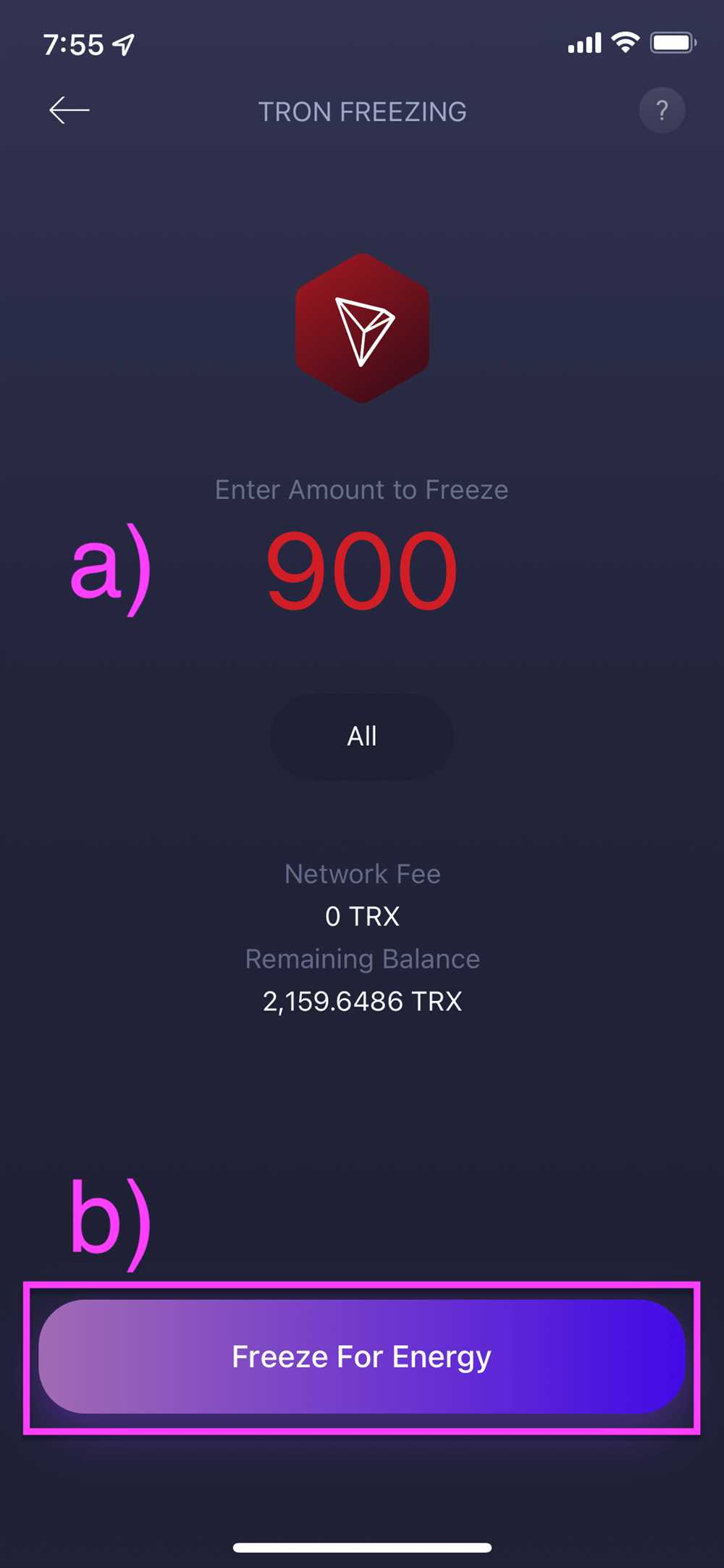
Before making any transactions on the Tron network, it is essential to research the current fee structure. Tron transaction fees can vary depending on network congestion and other factors. By staying informed about the current fee rates, you can plan your transactions accordingly.
2. Use a Tron Wallet with Fee Control
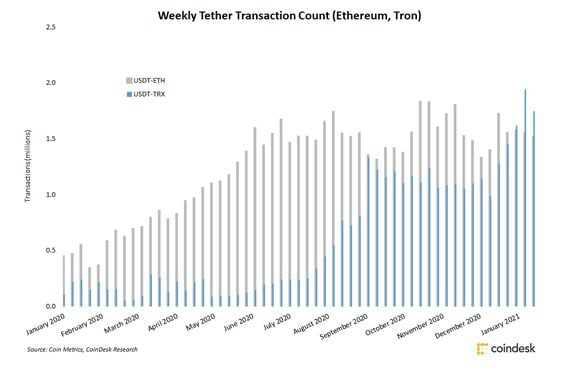
Some Tron wallets give users the ability to control the transaction fees they pay. By selecting appropriate fee options, you can prioritize transaction speed or reduce fees during times of high network congestion. Make sure to choose a wallet that offers this feature to have more control over your transaction fees.
3. Check Gas Prices Before Making Transactions
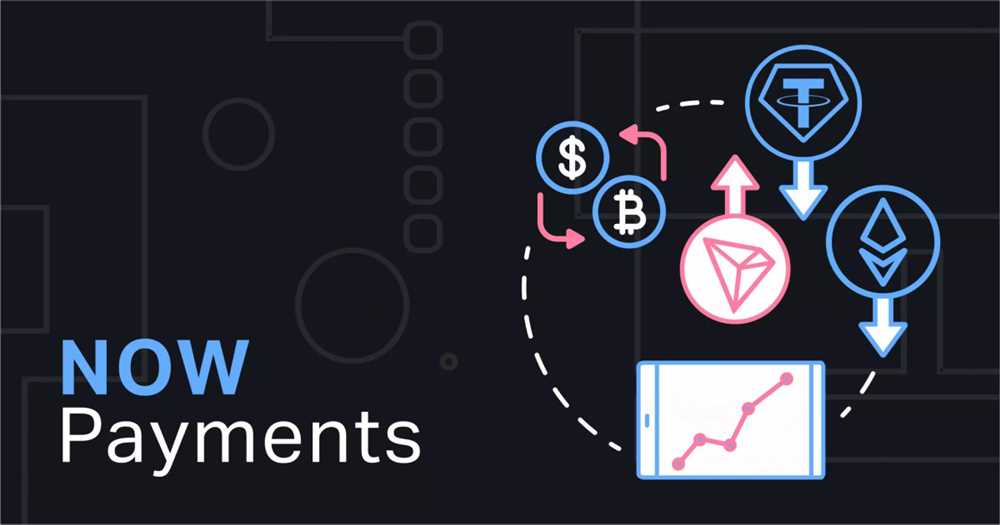
Gas prices determine the cost of executing smart contracts on the Tron network. Before making any transactions involving smart contracts, it is important to check the current gas prices. By doing so, you can estimate the transaction fees and ensure they are within your budget.
4. Consider Batch Transactions
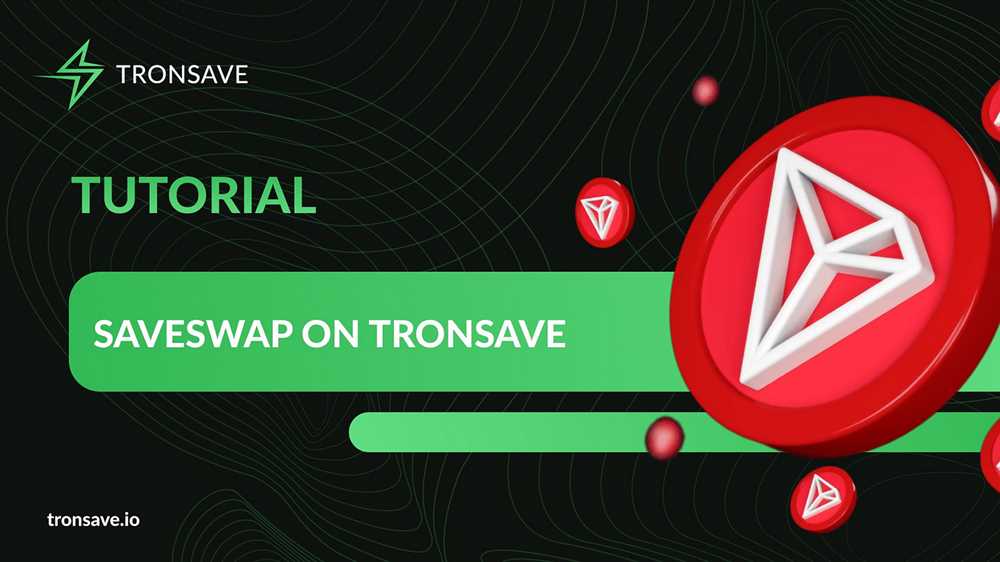
If you frequently make multiple transactions on the Tron network, it may be more cost-effective to combine them into a single batch transaction. This can help reduce the overall transaction fees by consolidating multiple transactions into one.
Remember: The Tron blockchain is continuously evolving, and transaction fees can vary. It is crucial to stay informed about the latest fee structure and adapt your transaction management strategies accordingly.
By following these tips, you can effectively manage Tron transaction fees and optimize your transactions on the Tron network.
What are Tron transaction fees?
Tron transaction fees are the fees users have to pay to execute transactions on the Tron network. They are used to prevent spam and maintain the overall health of the network.
How are Tron transaction fees calculated?
Tron transaction fees are calculated based on the complexity of the transaction. The more complex the transaction is, the higher the fee will be. Additionally, the current network congestion can also affect the fee amount.
Can transaction fees on the Tron network change?
Yes, transaction fees on the Tron network can change. The fees are determined by the network’s resources and demand. If the network is congested, the fees may increase. If the network has enough capacity, the fees may decrease.
Are there any alternatives to paying Tron transaction fees?
No, there are no alternatives to paying Tron transaction fees. In order to execute transactions on the Tron network, users must pay the required fees. These fees are necessary to ensure the security and efficiency of the network.